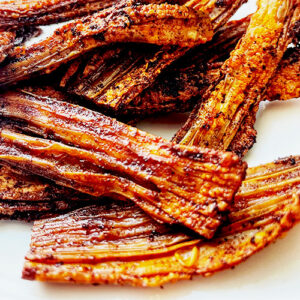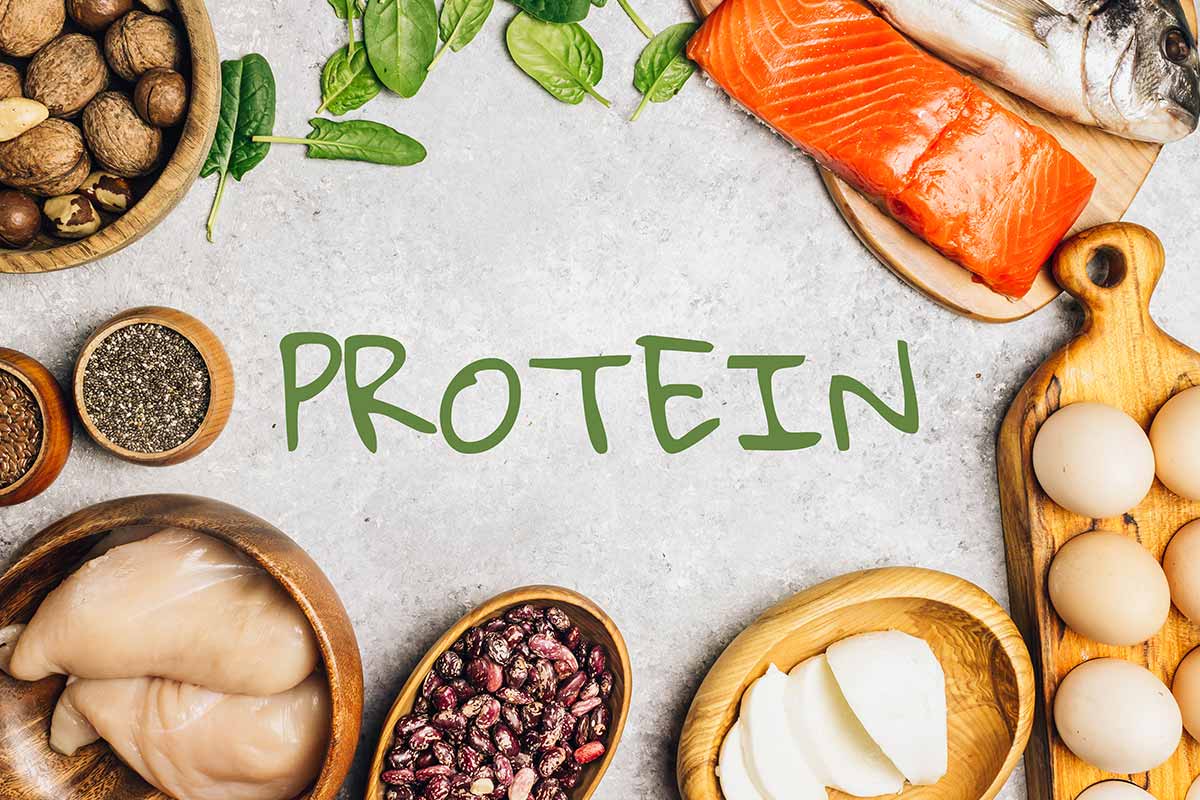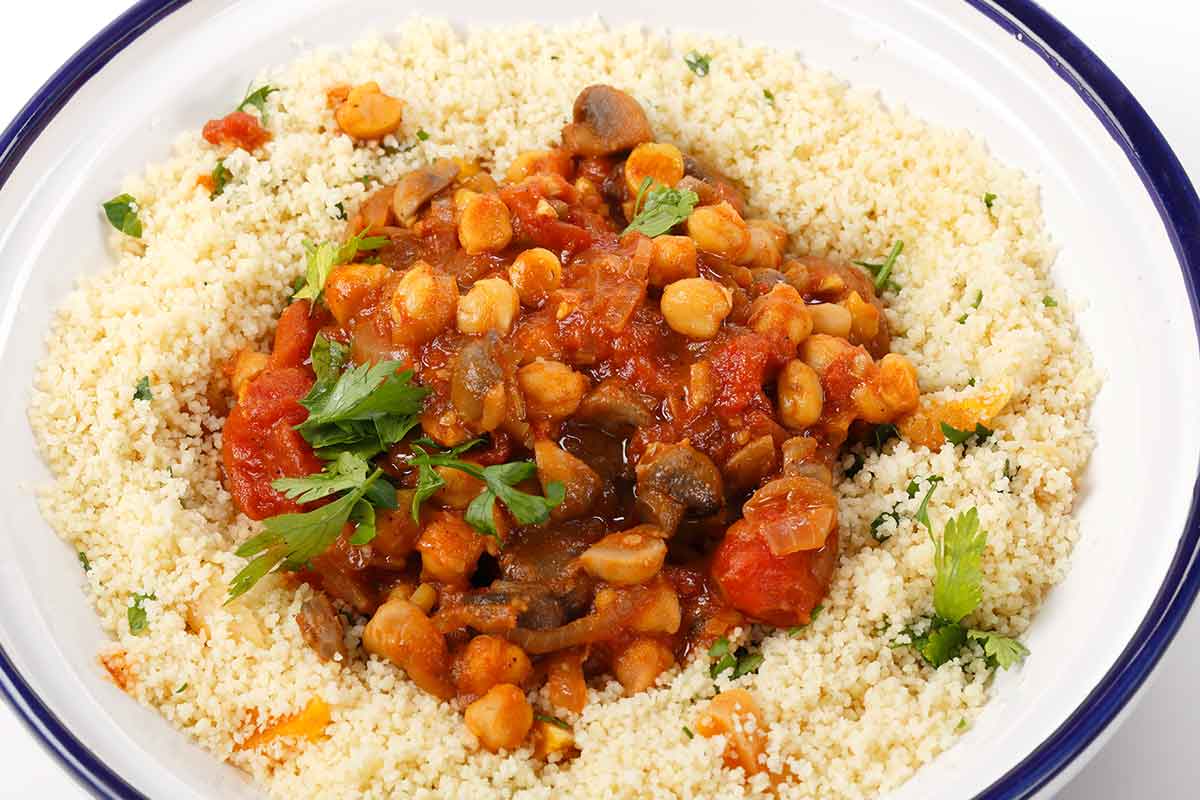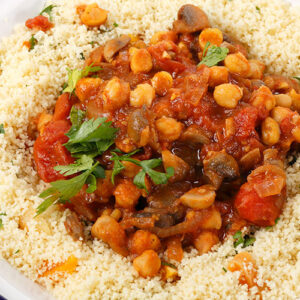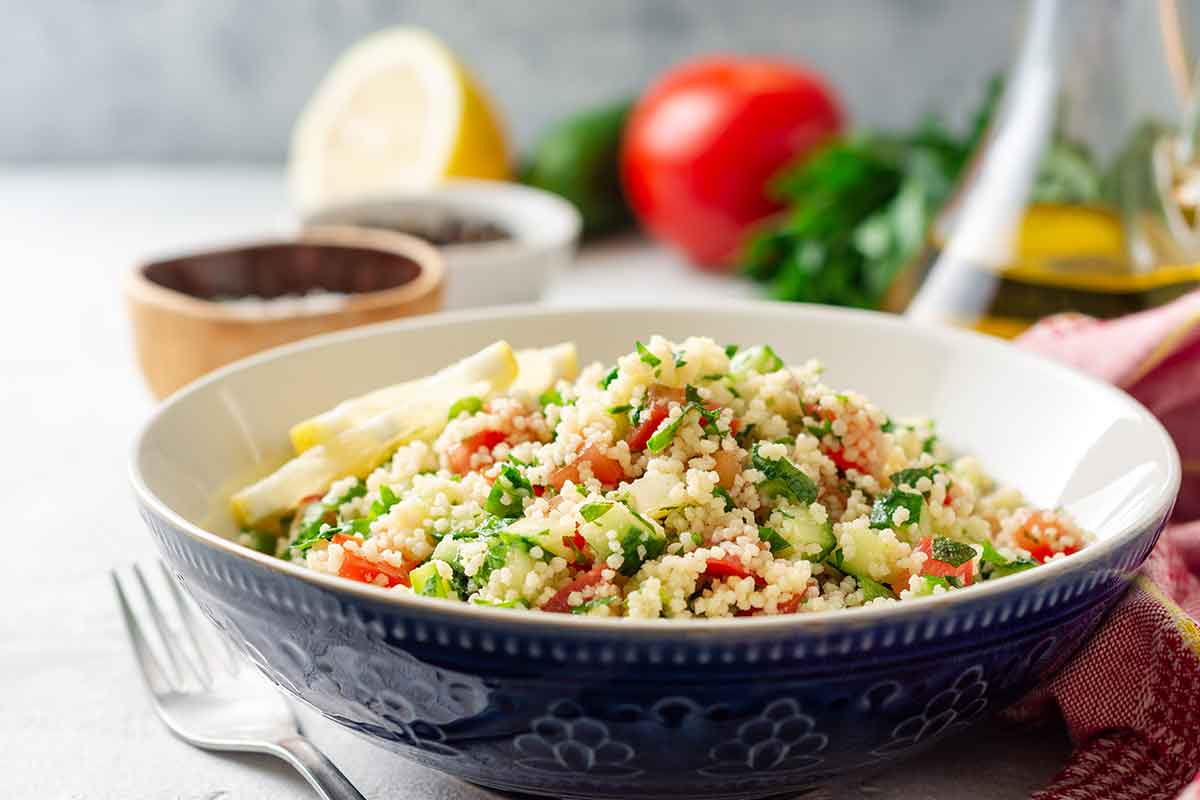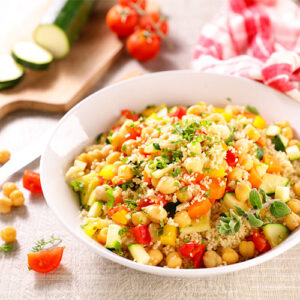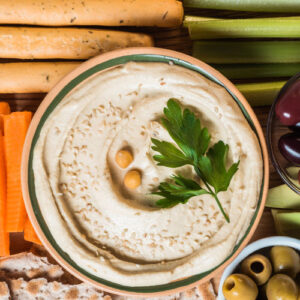It seems like way too many people are not sure what exactly are the vegetarian and vegan diets, the difference between them and what people eat when they follow these diets.
Maybe you know someone who is considering these diets and you want to support them better.
In this episode, I provide simple, straightforward information and give you 5 important points to know about these diets that can help you be better informed, so you can decide if it is something you may want to pursue or how to support a loved one who is considering these diets.
Articles:
https://pubmed.ncbi.nlm.nih.gov/15702597/
https://www.heart.org/en/healthy-living/healthy-eating/eat-smart/fats/saturated-fats
https://www.health.harvard.edu/staying-healthy/the-truth-about-fats-bad-and-good


